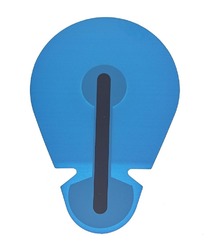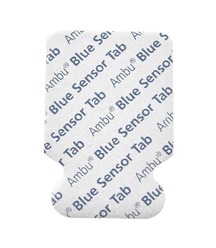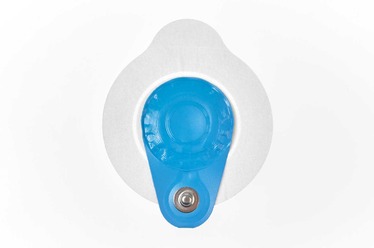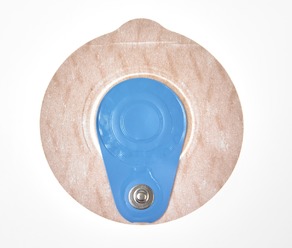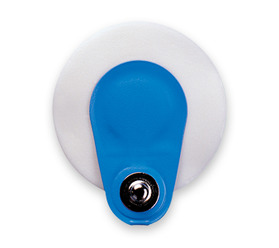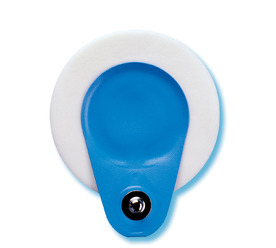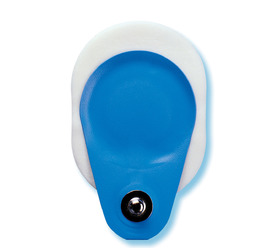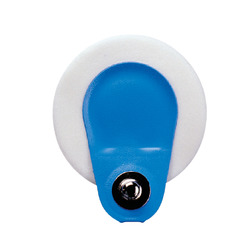 Ambu ECG Electrode Pads & Stickers
Ambu ECG Electrode Pads & Stickers
Numed Healthcare offer a comprehensive range of high quality ECG electrodes suitable for a wide variety of clinical situations.
Our ECG electrodes are from top-quality healthcare brand, Ambu. The leaders in patient monitoring and diagnosis, their wide range of Ambu Blue Sensor Electrodes are ideal for different applications. Ambu Electrodes are reliable with stable signals during ECG monitoring periods, making them perfect for the busy GP surgery or ECG clinic.
The Ambu Blue Sensor SUPAtab ECG electrodes are the first of their kind to feature a wet electrode gel. This, alongside superior adhesion, provides optimal signal quality during ECG monitoring.
Along with our clinically proven products, we aim to simplify ECG procedures and provide the highest levels of aftercare and support. It’s important to understand ECG electrodes and how to correctly apply them in order to prevent misdiagnosis:
FAQs
What is the correct ECG electrode placement?
Find our guide advising you on the accurate way to apply Ambu ECG electrodes here.
How do ECG electrodes work?
12-lead ECG machines use 10 different electrodes, placed on the patient’s skin (usually their chest and limbs). They detect the heart’s electrical signals, amplify them and send them to the ECG machine. The ECG then measures and records these impulses onto the screen or paper. Electrodes have a correlating normal pattern but various heart disorders will show unusual activity, determining whether further treatments may be needed.
What are the 12 leads of an ECG?
There are 12 leads for each ECG monitor, 6 of these are chest leads.
Chest leads
V1: septal view
V2: septal view
V3: anterior view
V4: anterior view
V5: lateral view
V6: lateral view
Other leads
Lead I: lateral view
Lead II: inferior view
Lead III: inferior view
aVR: lateral view
aVL: lateral view
aVF: inferior view
Can ECG monitors detect a heart attack?
ECG machines assess a person’s heart rate and rhythm. The results of the test can be analysed to detect heart disease, heart attacks, an enlarged heart, or abnormal heart rhythms.
